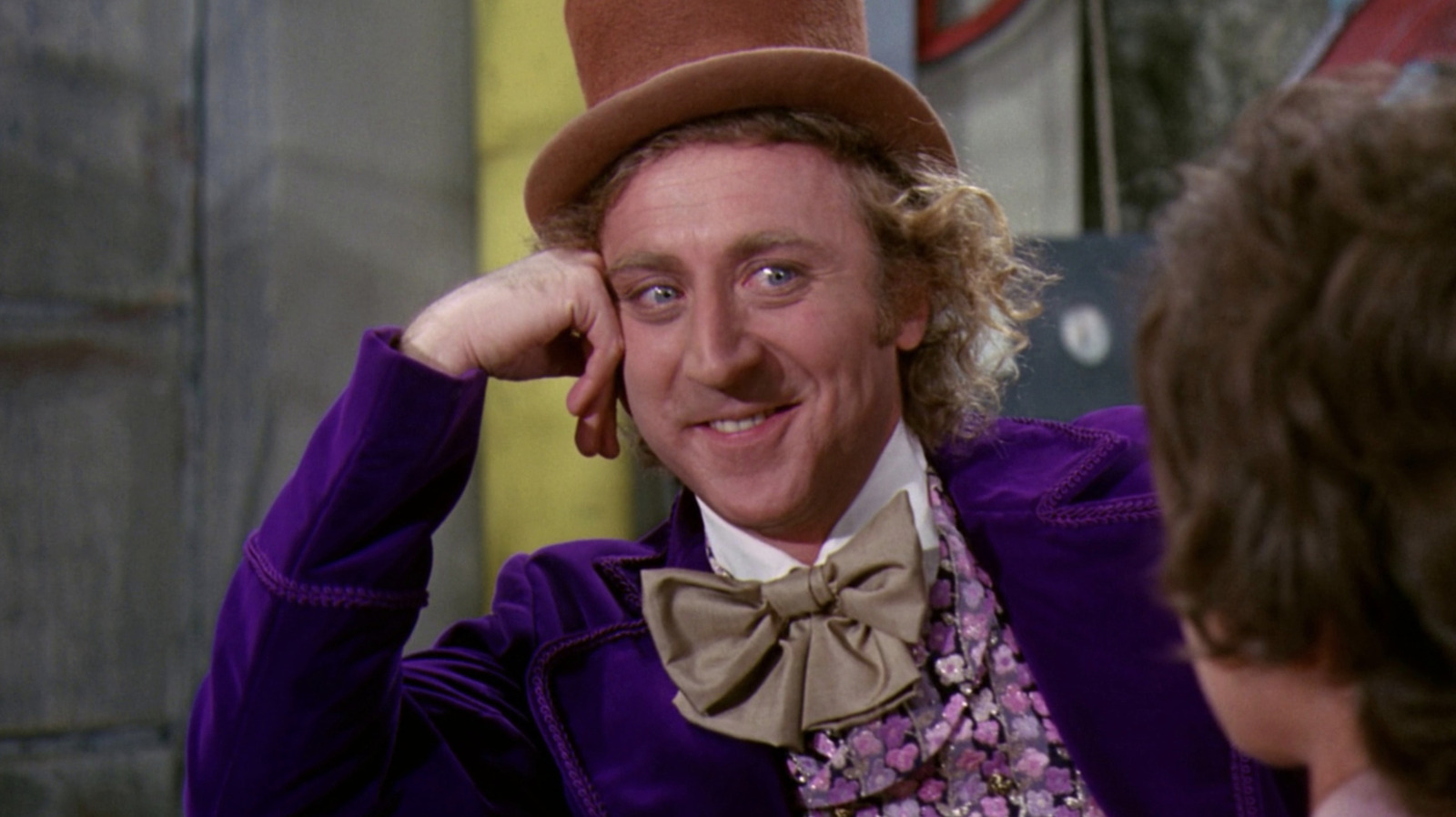There are few films as magical and internationally beloved as “Willy Wonka and the Chocolate Factory.” Released in 1971, the film’s legacy is cemented in the pop culture hall of fame, inspiring everything from cooking shows on Netflix to chocolate factory-themed restaurants at Universal Studios. There’s even a real-life Wonka Bar that is so popular a concerning counterfeit once appeared in the U.K. However, ever since the film’s release, fans have wondered if that fantastical Chocolate Room set was as edible in reality as it was on the screen. While some components were, indeed, edible, most of the set was simply well-constructed Hollywood magic.
The Chocolate Room was housed in Bavaria Studios in Grünwald, Germany. With an estimated budget of just $3 million, Harper Goff, the film’s art director, took liberties to save resources wherever possible, including for the set. As such, the chocolate river was far shallower in real life than it appears on-screen. Michael Bollner, who played Augustus Gloop in the film, noted in a 2021 interview with Polygon that the river was actually about 10 centimeters in depth, with only a square meter-sized hole deep enough to swim in.
Some say the river was made of 150,000 gallons of cream, water, and chocolate, but Bollner claims otherwise. “It was actually not chocolate,” he explained. “It was terribly cold. It was stinky water!” The reason behind the smell? The river had been sitting under the hot stage lights for three weeks, and the crew had reportedly been dumping the dregs of their coffee into it.
How much of the Willy Wonka set was actually edible?
Aside from the larger-than-life chocolate river, only some of the set’s physical elements were actually as sweet as they appeared on camera. According to People, Gene Wilder confirmed the presence of real candies on set but noted that “about a third” of the sweets seen on screen were edible. Some of these edible set pieces included the chocolate trees, which contained real pieces of chocolate, and the giant mushrooms, which had real whipped cream on top.
One iconic prop — the candy teacup that Wilder bites during the “Pure Imagination” sequence — was actually inedible. While it might appear that the teacup was made of white chocolate, it was actually made of wax. This meant that Wilder was forced to chew continuously until the cameras stopped rolling, giving the appearance of eating. Another inedible candy prop was the giant gummy bear that Violet Beauregarde (played by Denise Nickerson) took a bite of in the film. In a Reddit AMA held back in 2014, Paris Themmen, who played Mike Teevee, stated that the gummy bear was “…mostly plastic with a gummy ear.”
Despite this, Themmen added the following disclaimer: “In general, if we ate it on film it was real, and if not, it was fake.” However, just because the set wasn’t entirely edible does not mean that it wasn’t full of whimsical eye candy for the screen. In fact, many of the on-screen reactions from the film’s child actors were genuine, as they, just like the audience, were seeing the set for the first time.





